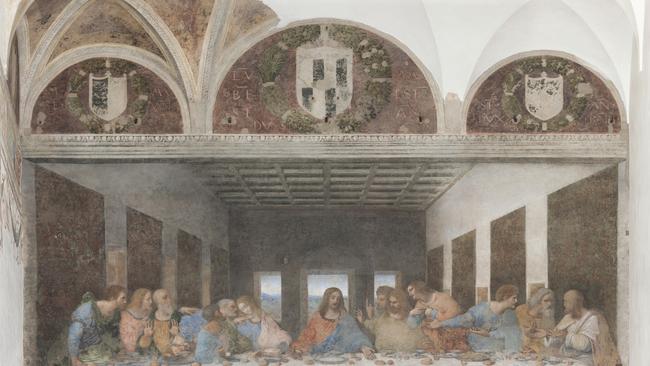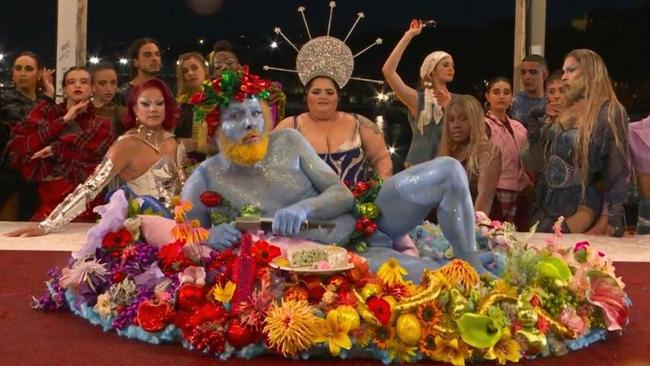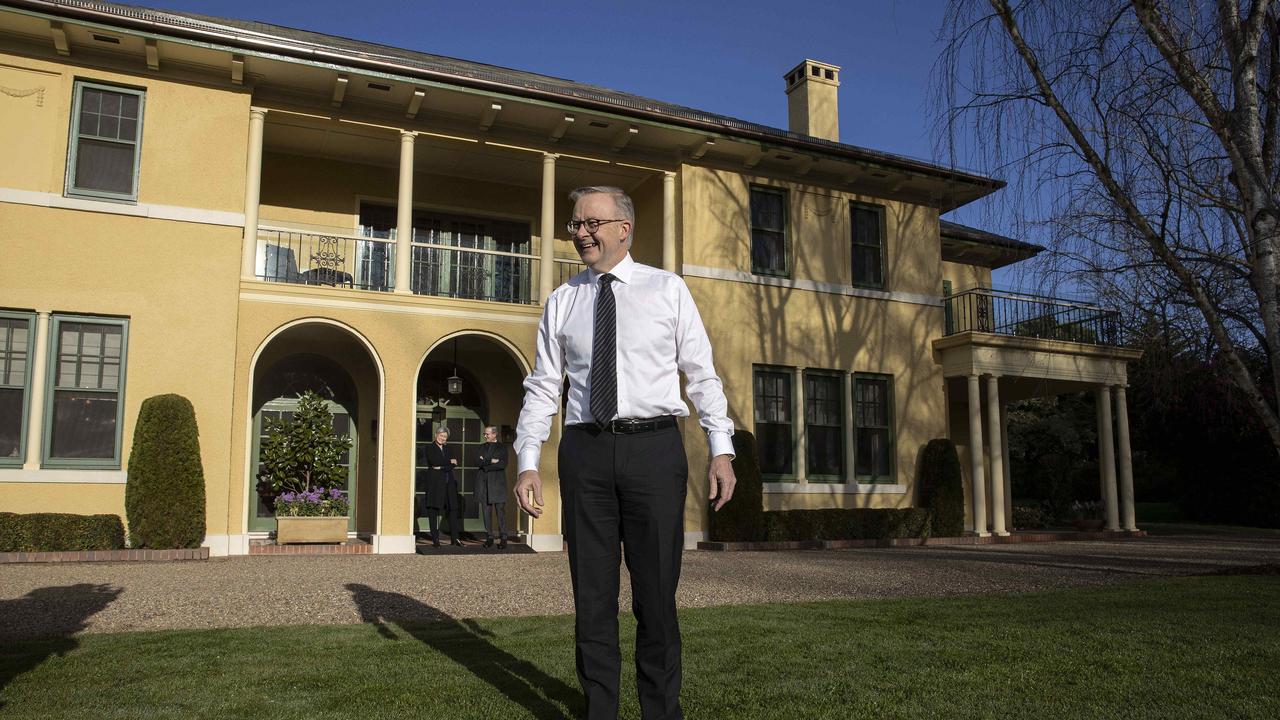
That work was Leonardo da Vinci’s masterpiece, The Last Supper. So the French have form when it comes to disrespecting this particular piece of art, but the latest perceived slight is a footnote in the history of what it has suffered over more than five centuries.
The Last Supper has been under threat since it was finished in 1498. Then the astonishingly inventive mind of Leonardo hit on a novel technique so he could work more deliberately than would have been possible with a traditional fresco, as painting directly on to wet plaster means having to work fast.
Instead he used a mixture of pigments, egg yolk and oil paint on a dry wall and spent four years wrestling with details to find the subtlety he was seeking.
The art was a breathtaking success but the experiment with materials failed. The paint did not stick to the wall and it began to flake before Leonardo died in 1519.
The refectory was also next to the kitchen and constantly exposed to steam and smoke. Then the monks decided they needed a new doorway and made way by cutting off Jesus’ feet.

Then came Napoleon’s troops, floods and, in 1943, the Allies dropped a bomb on the building. The painting survived but it was exposed to the elements for months.
Perhaps nothing did more damage to The Last Supper than those who were trying to save it, through centuries of heavy handed renovations. In 1845 Charles Dickens was appalled by what he saw.
“Apart from the damage it has sustained from damp, decay or neglect, it has been so retouched upon, and repainted, and that, so clumsily, that many of the heads are, now, positive deformities,” Dickens wrote.
The latest restoration began in 1978 and lasted 20 years under the direction of Pinin Brambilla Barcilon. She aimed to strip away the grime, undo the earlier restorations and fill in parts of the painting that had been lost to try to return to the essence of the work.
The room is now temperature controlled and visitor numbers are limited to small groups that each get 15 minutes in the old refectory.
Despite the insults and interventions, to be in the presence of this masterwork is a remarkable experience. It is huge and immediately familiar, having been venerated, imitated, used and abused by everyone from monks to Dan Brown.
Standing in front of it in the week when it was, once again, deemed to be under assault underlined the lessons the work has to offer even a layman observer like me. It is impossible for someone with no artistic ability to comprehend how you conceive and construct something like this; how you imagine a work of such complexity at close range when it makes sense only from afar.
The artist was notorious for starting projects and not finishing them. I imagine Leonardo walking away from his picture to look at it from the other end of the hall and mutter: “What in God’s name is this thing all about?”
The Last Supper is all about perspective.
The genius lies in all the lines of the painting converging on Christ to create the illusion of a three-dimensional image on a two-dimensional plane. The ceiling, walls and floor all lead your eye toward this vanishing point, giving it a sense of depth and realism that was revolutionary for the time.
Everything converges on a central figure making a profoundly disturbing accusation. It is a snapshot of the moment after Jesus utters the words “One of you will betray me” and captures the animation of the disciples as they react in horror, anger, disbelief and guilt.
Perspective and betrayal: words that sum the work when it was made and leave a long tail of questions.
Perspective is something we appear to have lost in an era where everything is deemed “unprecedented”. In the blizzard of noise that passes for information we have lost our memory, our reason and sometimes, it seems, our minds.
To travel through Europe is to see the great works of Western civilisation and its paradoxes. Here is where the ideas of democracy originate but where its practice has been fitful and, for many nations, recent. Here the rhetoric of a democratic union is strong but its brittleness is palpable. Here the churches are full of tourists but the pews are empty of believers.

The vanishing point in Western democracies is a loss of faith in its institutions. It’s arguable that it begins with the loss of religious faith. But who is the betrayer?
As someone who grew up in the Catholic Church I can speak only to my own tradition. The road to its decline has been long, but those who did the most damage in the past 30 years were those charged with preserving the faith; the bishops and priests guilty of the soul-deep betrayal of the children in their care.
Nothing destroys trust more completely than being exposed as a hypocrite.
The loss of the church’s once strong moral voice in the public square is a tragedy that has damaged more than just the community of believers.
It is easy to dismiss religion as worthless in a world where science is venerated. But there is wisdom in faith that can’t be found in science. Faith, like philosophy, art and poetry, asks the why questions. What is this all about? This may have no answer but it is humanity’s eternal question.
Perhaps the church still has an important role to play, but stripped back to its essence with the grime of the centuries scraped away. To once again be a small, revolutionary movement. To find its voice as a counterpoint to this anchorless age. But if it is to be redeemed the deeds of the faithful must match their words.
In Milan you can see part of Leonardo’s Codex Atlanticus. The manuscripts range across a bewildering array of interests from anatomy, to flying machines and weapons of war. His mind was evidently as restless as it was inventive and he was the embodiment of both artist and scientist. So he speaks in two languages, one to the head, the other to the heart.
The scientist’s work is astounding but the big crowds come to see the artist’s Last Supper and be drawn into that vanishing point.
What matters is that it has survived and it will be revered long after the Paris Olympics opening ceremony passes from memory. There is a lesson in that.








When Napoleon’s troops turned the dining room of the former Dominican convent of Santa Maria delle Grazie in Milan into a stable, they amused themselves by throwing rocks at the massive painting on the north wall.